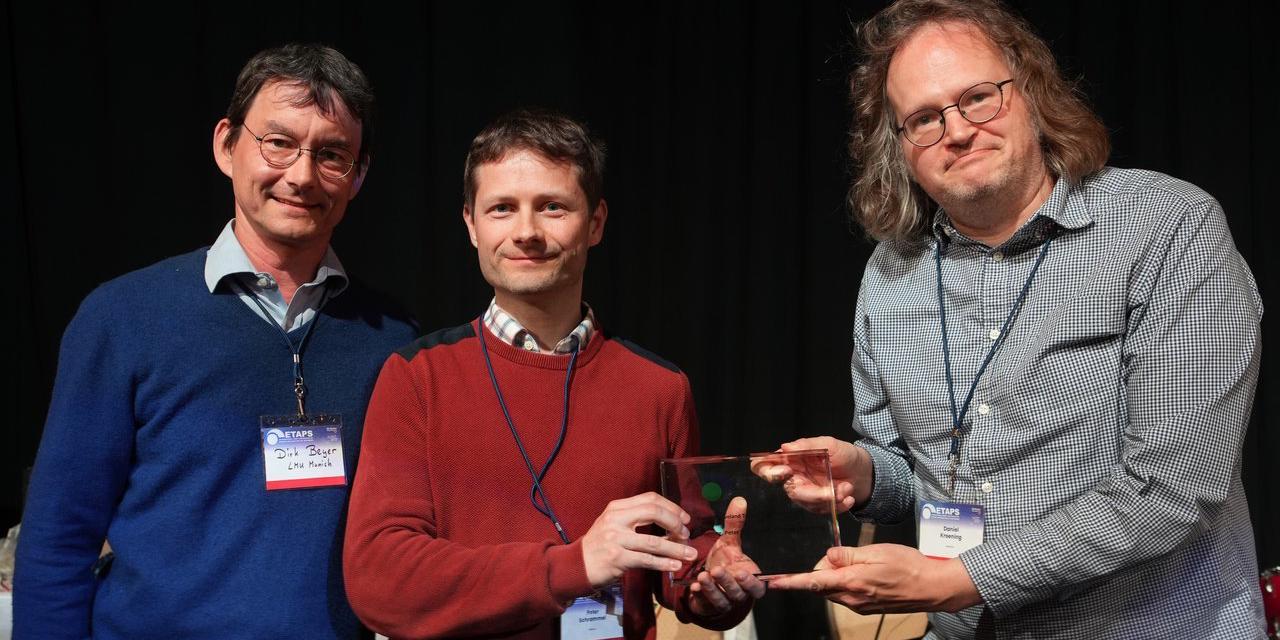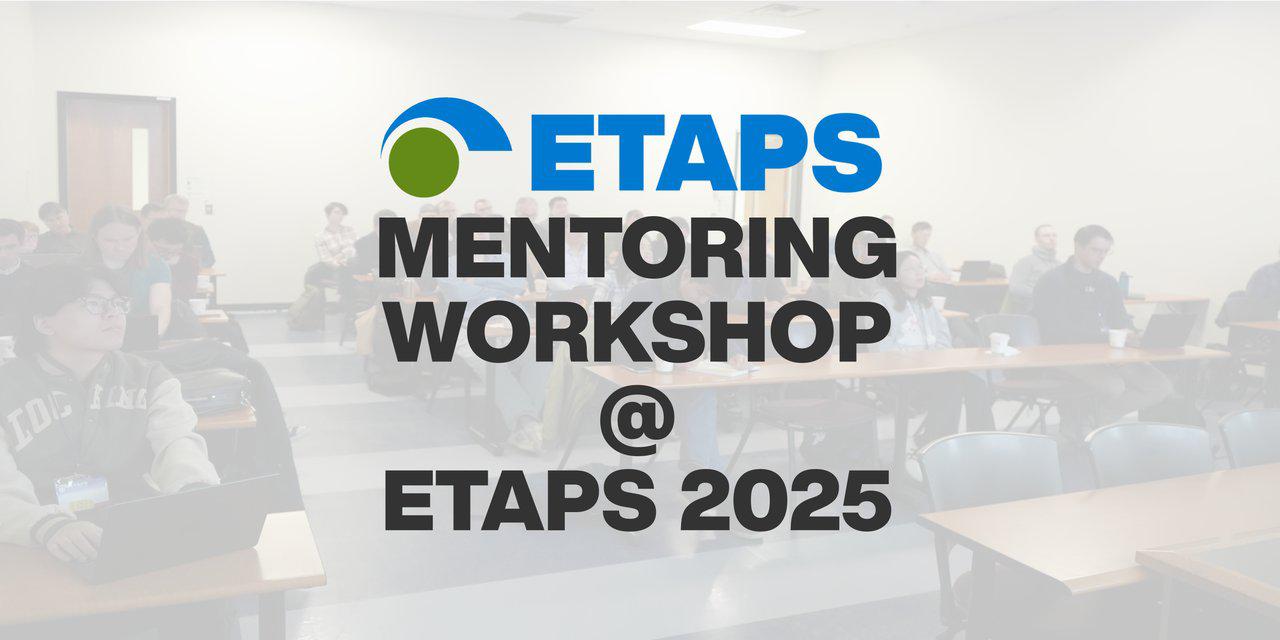
Three operators working the ENIAC. © U.S. Army/ARL Technical Library Archives
Diversity, Equality and Inclusion at ETAPS
by Leona Odole — 27 June 2024
Topics: Equality, Inclusion
The most recent ETAPS conference featured a section on diversity. I got to interview three experts Inês Crisóstomo, Valérie Schafer, and Véronique Schlick about their presentations. I would like to revisit some of their ideas in this blog post.
What is diversity in computer science?
In the modern-day computer science is one of the largest growing fields of research, with one study in the UK finding a 7% increase in undergraduate enrollment from 2021 to 2022 translating to around 25K students. However, despite the robust growth, the field remains extremely male dominated.
During the ETAPS Diversity presentation, the three experts Inês Crisóstomo, Valérie Schafer, and Véronique Schlick highlighted the importance of gender diversity. Women who make up roughly 50% of the population make up less than 20% of the Computer Scientists with even fewer represented in higher levels of career advancement. As Inês Crisóstomo added during the discussion “Why talk about gender? Because women are not a minority”. The exclusion of such a large group of people indicates that there are systematic barriers that discourage women from pursuing careers in Computer Science research.
In her overview on the history of Computer Science, Valérie Schafer highlights that the gender disparity in CS has not always existed but rather became prominent in the 1980s. During the 1970s and 1980s, advertisements employed sexist stereotypes in order to market the new home computer heavily towards men and boys. As a result, fewer women studied computer science which leads to further cultural change towards the current “boy’s club” culture of computer science. The culture around computer science means fewer girls pursue computer science because they don’t see themselves represented or leave because of the real effects and stressors of being the only woman among all male colleagues.
However, there are many student girls who become interested in computer science and choose to study it as undergraduates. Unfortunately, the rate of those undergraduates we would expect to continue into academia is far lower among women. One explanation of this discrepancy is the “leaky pipeline”, a name for the phenomenon in which the ratio of men to women tends to grow over time. For example, within Europe when looking at early career researchers, the ratio of men to women grew as the time from their first publication increased. Meaning fewer and fewer women continued along the path towards terminal career positions.
One hypothesis for the leaky pipeline problem is the way in which women’s experience changes due to having children. During the most recent ETAPS, seasoned academics were invited to speak to PhD students and early career researchers during a mentoring session, where they explained their career path and different aspects of becoming successful in academia. Almost all of the female researchers mention how difficult it was to have children and the ways in which having children in some way altered or even halted their career progression.
This anecdotal experience is further supported by empirical evidence on the child penalty. In her presentation, Inês Crisóstomo shared a study showing that countries where parental leave policies are taken at similar rates for men and women and families are given more support have higher participation rates of women in computer science. Although we don’t necessarily have the control to change government policy, academics can advocate within their institutions for more equitable policies that would benefit both mothers and fathers, which could help make having children not singularly an impact on women.
At times, so much focus being put on promoting women in computer science may leave men feeling alienated. However, negative feeling towards promoting while real, is misplaced when considering how the current status quo leads to worse scientific outcomes. For example, Véronique Schlick shared how the absence of women computer scientists led to Amazon developing a hiring algorithm biased against women, since the algorithm was taught to learn on the existing employees which are overwhelmingly male. In another instance of a homogeneous group of software engineers leading to adverse outcomes, the Google Photos app labeled pictures of black people as “gorillas” in 2015 revealing racial bias in their labeling algorithm. Each of these examples is illustrative of how computer scientists design new technologies for their own realities. So when gender, racial, and other minorities are shut out of computer science, the research and technologies developed also exclude them. If we as academics would like to build an equitable world and make the technologies we work on strong in the process, we need to be encouraging more diversity in computer science.
The field of computer science continues to grow with the EU alone allocating 7.5 billion Euros in funding from 2021 to 2027 to support projects in supercomputing, artificial intelligence, cybersecurity, digital skills and digitalization. This means that we have the opportunity to help shift the field of computer science to become more diverse as it grows. Every expert emphasized the importance of not mistaking this as an issue relevant only for women. Instead, by promoting an overall more inclusive environment, through policy and education, we can strengthen the contributions of computer science research to society and the economy.


